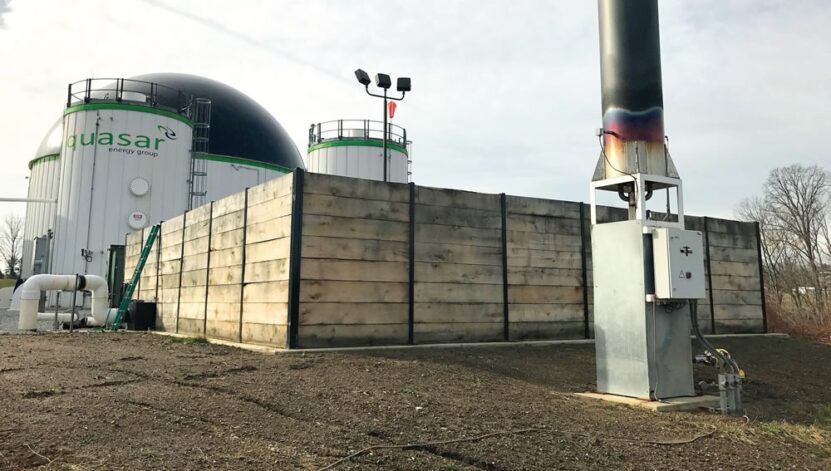Anaerobic digestion (AD) is a sustainable process that turns organic waste into renewable energy and nutrient-rich fertiliser.
While it brings enormous environmental and economic benefits, one of the key challenges operators face is odour.
Strong, unpleasant smells can affect workers, surrounding communities, and even compliance with environmental regulations. That’s why effective anaerobic digestion odour control is essential for the success of AD plants.
This article explores the nature of odours in anaerobic digestion facilities, why controlling them is so important, and the innovative solutions available to create cleaner, greener energy production environments.
What is Anaerobic Digestion?
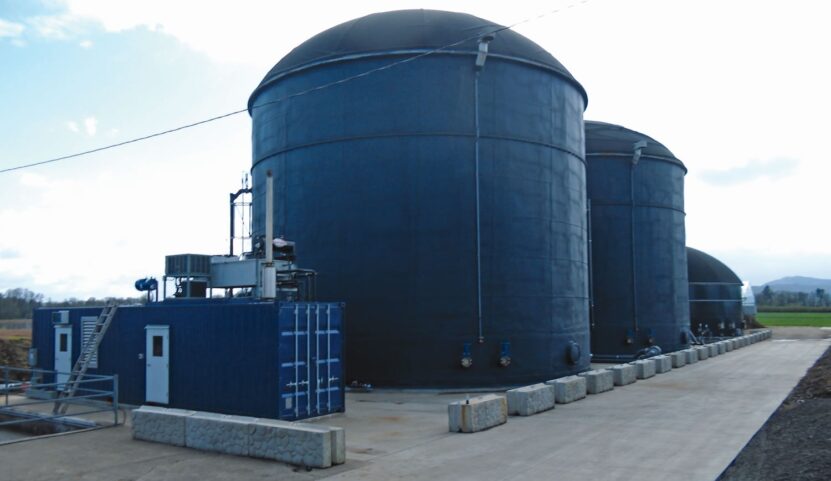
Anaerobic digestion is a natural process in which microorganisms break down organic material—such as food waste, agricultural residues, and sewage sludge—in the absence of oxygen. The process produces:
- Biogas – A renewable energy source made up mainly of methane and carbon dioxide, which can be used to generate electricity, heat, or upgraded to biomethane for injection into the gas grid.
- Digestate – A nutrient-rich by-product used as fertiliser in agriculture.
This process supports a circular economy by recycling waste into valuable resources. However, the organic materials involved often generate odours that require careful management.
Sources of Odour in Anaerobic Digestion
- Feedstock Handling – Food waste, slurry, and other organic inputs often emit strong odours when delivered, stored, and loaded into the digester.
- Digestion Process – Although the tanks are sealed, leaks, vents, or poor sealing can allow gases to escape.
- Digestate Storage – The nutrient-rich residue produced can release unpleasant smells if not properly contained or treated.
- Maintenance and Cleaning – Opening tanks or pipes for servicing can expose highly concentrated odours.
These odours typically contain compounds such as ammonia, hydrogen sulphide, and volatile organic compounds (VOCs), which are strong-smelling even at low concentrations.
Why Odour Control Matters
Community Relations
AD plants are often located near rural communities or farmland. Uncontrolled odours can quickly lead to complaints, strained relationships, and reputational damage.
Health and Safety
High concentrations of certain gases, such as hydrogen sulphide, are not only unpleasant but hazardous to workers’ health.
Compliance
Regulatory bodies set strict limits on emissions. Effective odour control is necessary to remain compliant with permits and environmental standards.
Operational Efficiency
Strong odours can indicate inefficiencies or leaks in the system, so addressing them often improves the overall reliability of the plant.
Methods of Odour Control in Anaerobic Digestion
Containment
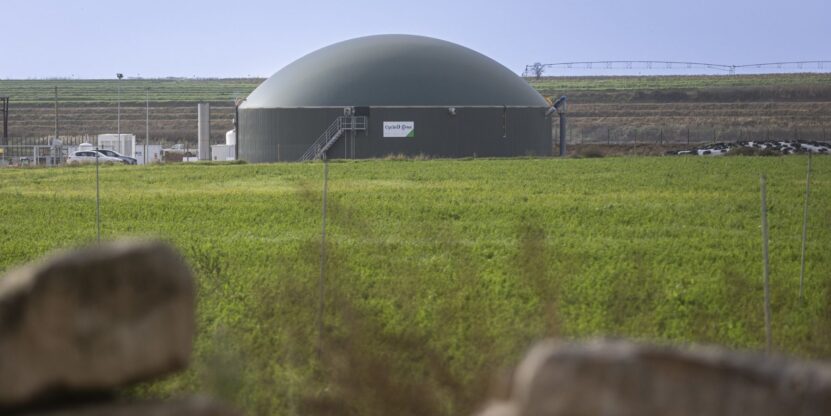
The first step in odour control is containing emissions at source. This includes sealed feedstock storage areas, covered tanks, and airtight processing systems.
Extraction and Ventilation
Specialist ventilation systems draw contaminated air away from working areas and direct it into treatment units. These systems maintain negative pressure, preventing odours from escaping into the environment.
Filtration and Treatment
Once extracted, contaminated air is treated using methods such as:
- Activated Carbon Filtration – Removes VOCs and sulphur compounds effectively.
- Biofiltration – Uses microorganisms to break down odorous compounds naturally.
- Chemical Scrubbing – Neutralises odours using chemical solutions.
Process Optimisation
Maintaining the correct balance of feedstocks, pH, and temperature within the digester can reduce the production of odorous gases in the first place.
Regular Maintenance
Routine checks on seals, pipes, and storage facilities ensure odours are controlled consistently.
Benefits of Effective Odour Control
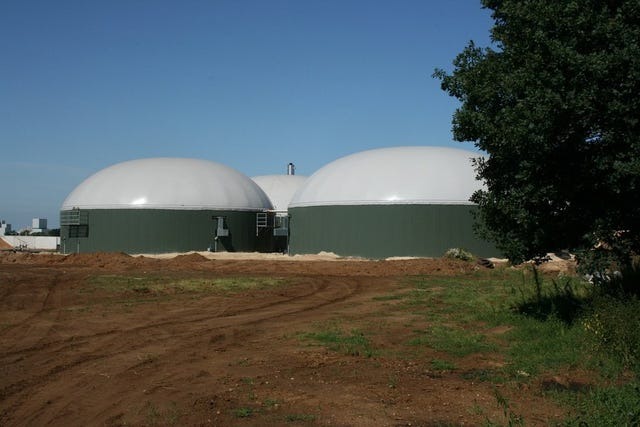
- Improved Community Relations – Minimising odours reduces complaints and builds trust with local residents.
- Enhanced Worker Environment – Staff can work in safer, more comfortable conditions.
- Regulatory Compliance – Ensures adherence to strict environmental permits.
- Operational Efficiency – Well-managed odour control often leads to more efficient processes.
- Reputation and Growth – Plants with strong odour management are more likely to expand and secure long-term contracts.
Challenges in Odour Management
- Variable Feedstocks – Different inputs (e.g., food waste vs. agricultural slurry) produce different odour challenges.
- Scale of Facilities – Larger plants handling more waste require more sophisticated solutions.
- Changing Regulations – Operators must stay ahead of evolving environmental standards.
- Costs – Installing and maintaining advanced odour control systems requires investment, but the long-term benefits outweigh the expense.
Sustainability and Odour Control
Anaerobic digestion is a cornerstone of sustainable energy production, but uncontrolled odours can undermine its green credentials. By investing in advanced odour control solutions, operators ensure that AD remains a positive contributor to the environment and community.
Odour control technologies also support sustainability by reducing fugitive emissions of methane and other gases that contribute to climate change.
Case Study: Innovative Odour Control in Action
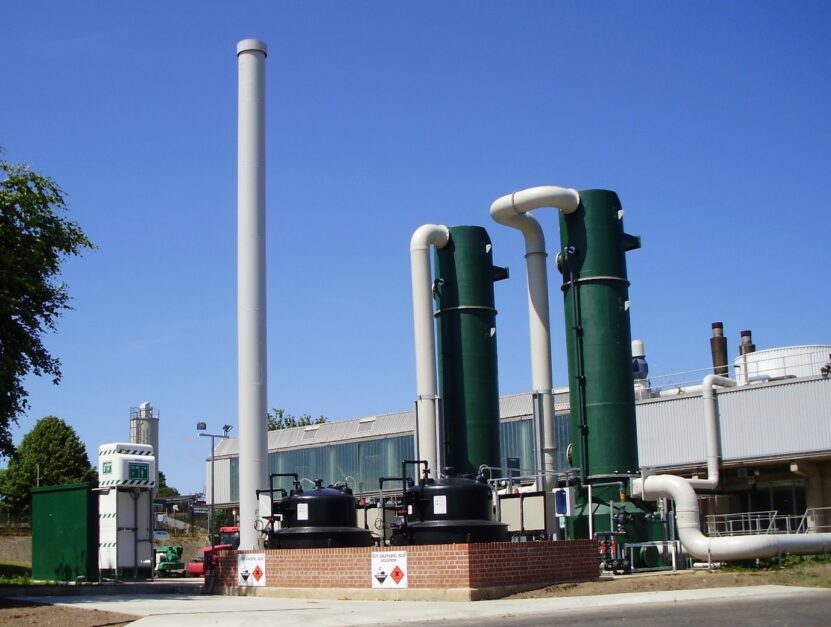
Companies such as Exeon specialise in designing bespoke odour control systems for anaerobic digestion facilities. Their expertise ensures that extraction, filtration, and containment solutions are tailored to the unique requirements of each site.
By combining engineering knowledge with environmental best practice, Exeon delivers effective anaerobic digestion odour control solutions that not only tackle immediate odour issues but also future-proof operations against regulatory and community challenges.
The Future of Anaerobic Digestion and Odour Control
As the UK increases its commitment to renewable energy and waste recycling, the role of anaerobic digestion will only grow. Future advancements in odour control are likely to include:
- Smarter Monitoring Systems – Sensors that detect odour compounds in real time.
- AI-Driven Optimisation – Artificial intelligence that adjusts processes to minimise emissions automatically.
- Advanced Filtration Materials – New media designed to capture odours more efficiently and cost-effectively.
- Integrated Sustainability Solutions – Combining odour control with carbon capture and energy recovery technologies.
Conclusion
Anaerobic digestion is an innovative way to turn waste into renewable energy and fertiliser, but odour management is critical to its success. By implementing effective anaerobic digestion odour control, operators can protect communities, ensure compliance, improve working conditions, and enhance plant efficiency.
With trusted partners such as Exeon providing tailored solutions, AD facilities can continue to grow as a cornerstone of sustainable energy production—without the unwanted side effect of unpleasant odours.

